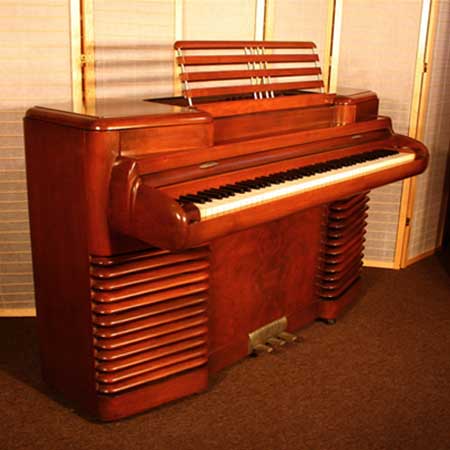
From left to right, they are the soft, sostenuto, and sustain (damper) pedals. Each pedal changes the sound in a different way. Many pianos have three pedals, but a few have even more. The hammers are covered with felt which is a mixture of wool, silk and hair.Īt the bottom of every modern piano, there are at least two pedals, which are levers that the pianist presses down with his or her feet to change the sound. The hammer only touches the string for about one thousandth of a second. This made it possible to repeat the note very quickly. In 1821 Sebastian Erard invented a kind of double escapement. The mechanism which makes the hammer bounce off the string very quickly is called the “escapement”. If it is damaged the piano will not make a sound. The soundboard is a very important part of the piano.

This means that the vibrations are sent to the soundboard. The strings are stretched very tightly across the frame, passing over a bridge on the way. When the player takes their finger off the key the damper falls back onto the string and the sound stops. Each string has a different length and so produces-a different note. Each key is a level that makes a hammer inside the piano hit a string inside, producing a sound.
#Story and clark piano wikipedia free
It hits it very quickly and bounces off so that the string is free to vibrate and make a sound. When a key is pressed down, the damper comes off the string and a hammer hits the string. Hood, Christopher Clark and Paul McNulty.Ī piano has a keyboard with white keys and black keys. Some of the more known fortepiano builders included in this 20th-century fortepiano revival have been Philip Belt, Margaret F. In the second half of the 20th century people started to be more interested in period instruments, including harpsichord and fortepiano. The production of this older type of instrument had stopped in the end of the 19th century. Prominent piano makers among the French during the era of the fortepiano included Erard, Pleyel (Chopin’s favorite maker) and Boisselot (Liszt’s favorite). The English piano school builders included Johannes Zumpe, Robert Stodart and John Broodwood. Johannes Brahms had preferred pianos by Johann Baptist Streicher. His instruments were played by Chopin, Mendelssohn and Schumann. The most famous early-romantic piano maker was Conrad Graf (1782–1851), who made Beethoven's last piano. Haydn also owned Walter piano, and Beethoven expressed a wish to buy one. Mozart’s own Walter fortepiano is presently at the Mozart Museum in Salzburg, Austria. Another important Viennese piano maker was Anton Walter. Stein developed the "Viennese" action, popular on Viennese pianos up to the mid-19th century. One of the most known fortepiano builders was Johann Andreas Stein from Augsburg, Germany. This made the piano much stronger so that it could make a bigger sound and the strings were not likely to break. In 1825 the cast-iron frame was invented in America. They were not very heavy, but they were not very strong or loud, so they could not be heard very well in a big concert hall. The early pianos had strings that were fastened to a frame made of wood.

This means that the strings for the low notes go diagonally across the soundboard so that they can be longer and make a much bigger sound. The upright piano was invented in 1800 by John Isaac Hawkings. The first time the piano was played in a public concert in London was in 1768 when it was played by Johann Christian Bach. In some languages, such as Russian, “fortepiano” is the normal word for a piano.Īlthough the piano was invented at the beginning of the 18th century, it was not until 50 years later that it started to become popular. The word “fortepiano” is sometimes used to describe the pianos of the late 18th and early 19th centuries. It was given this name because it could be played either loudly or softly, depending on how hard the note was hit (the harpsichord could not do this, and the clavichord could only make a tiny difference between louder and softer).
#Story and clark piano wikipedia plus
Gradually the keyboard became longer until it had the 88 notes (7 octaves plus three notes) of the modern piano.Īt first the instrument was called the “fortepiano”. The early keyboarded instruments, such as the clavichords, harpsichords and organs that were used at that time, had a much shorter keyboard than they do today. In the piano the strings are hit by a block of wood called a hammer. It developed from the clavichord which looks like a piano but the strings of a clavichord are hit by a small blade of metal called a “tangent”. The piano was invented by Bartolomeo Cristofori of Padua, Italy. The piano has been an extremely popular instrument in Western classical music since the late 18th century.


 0 kommentar(er)
0 kommentar(er)
